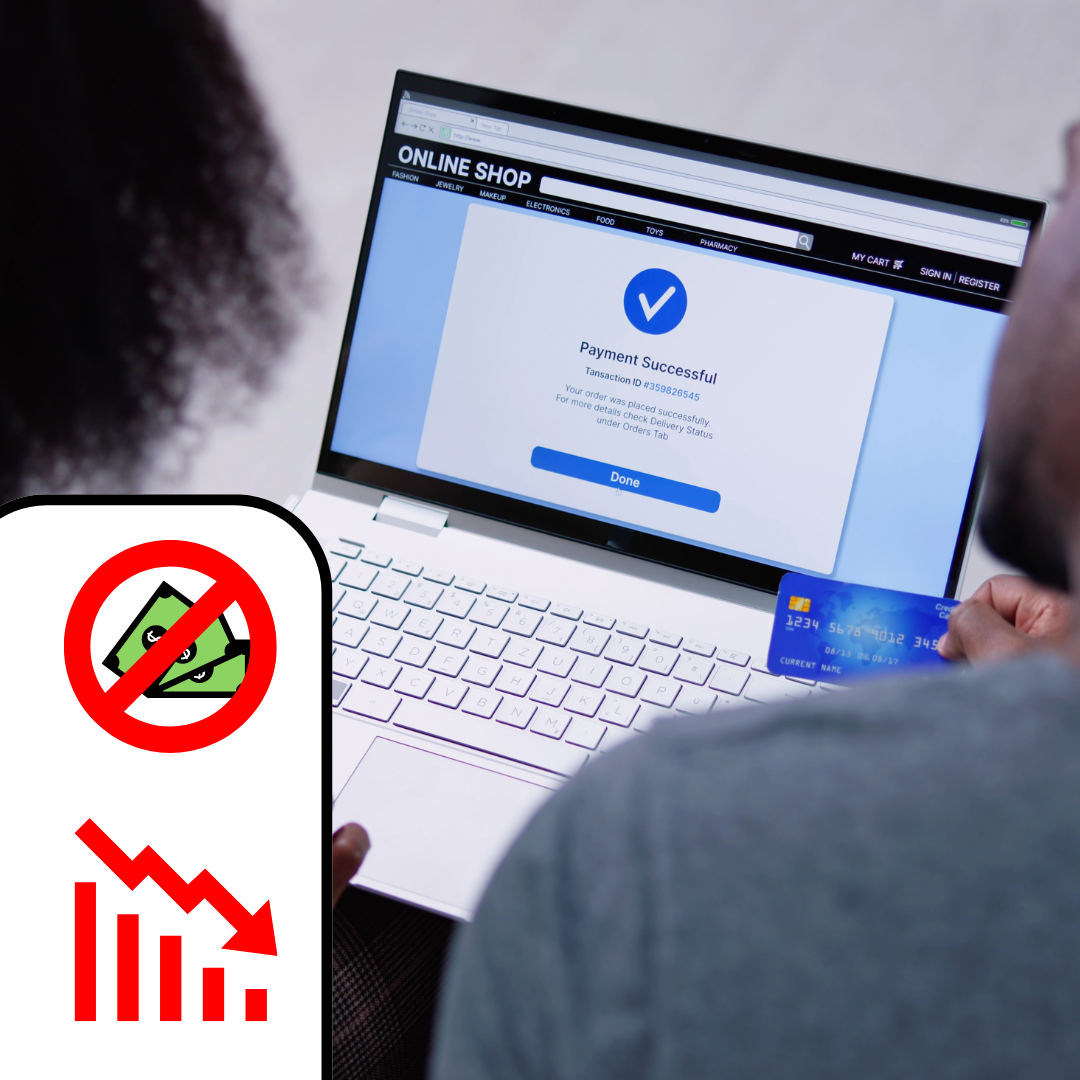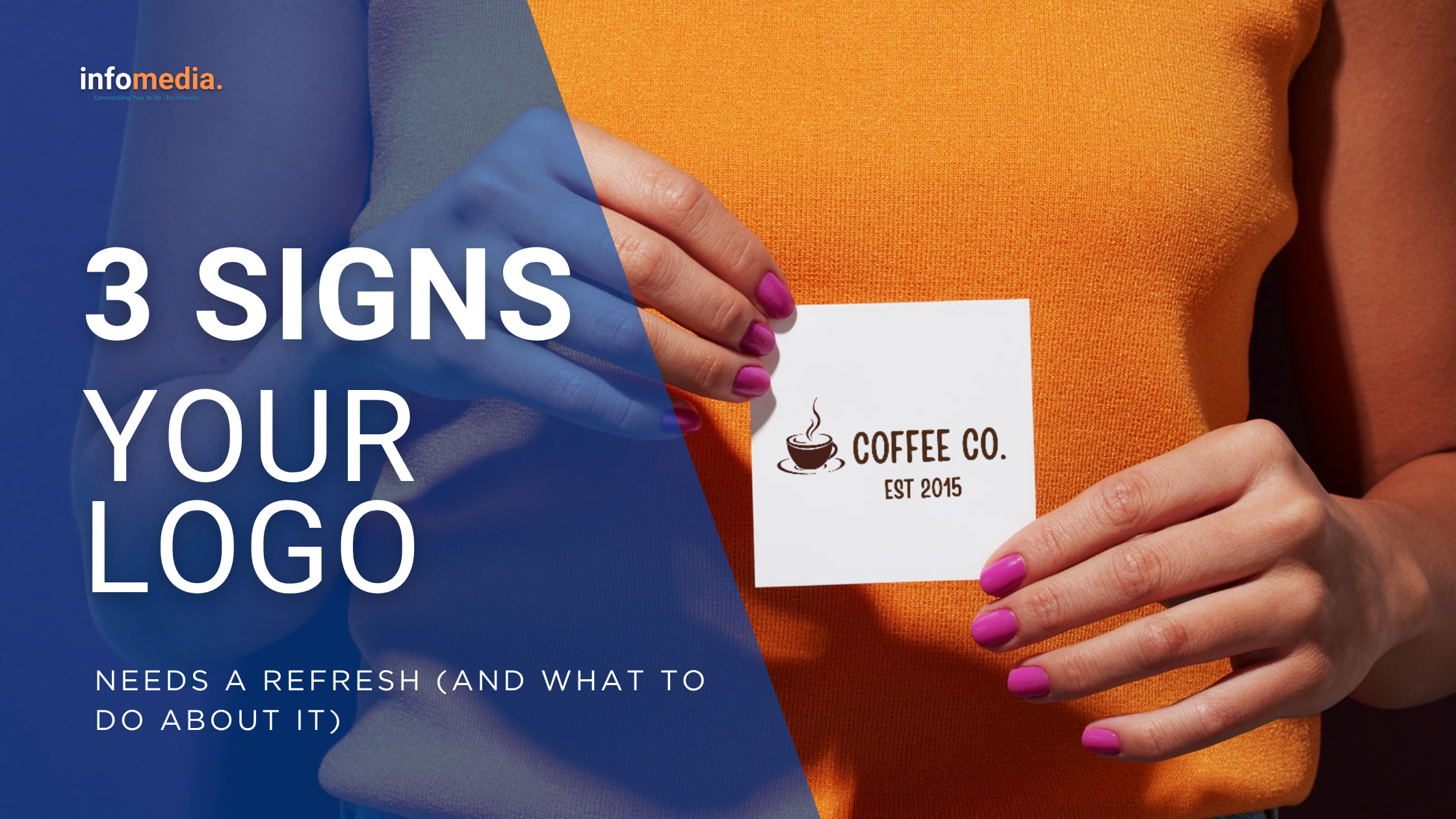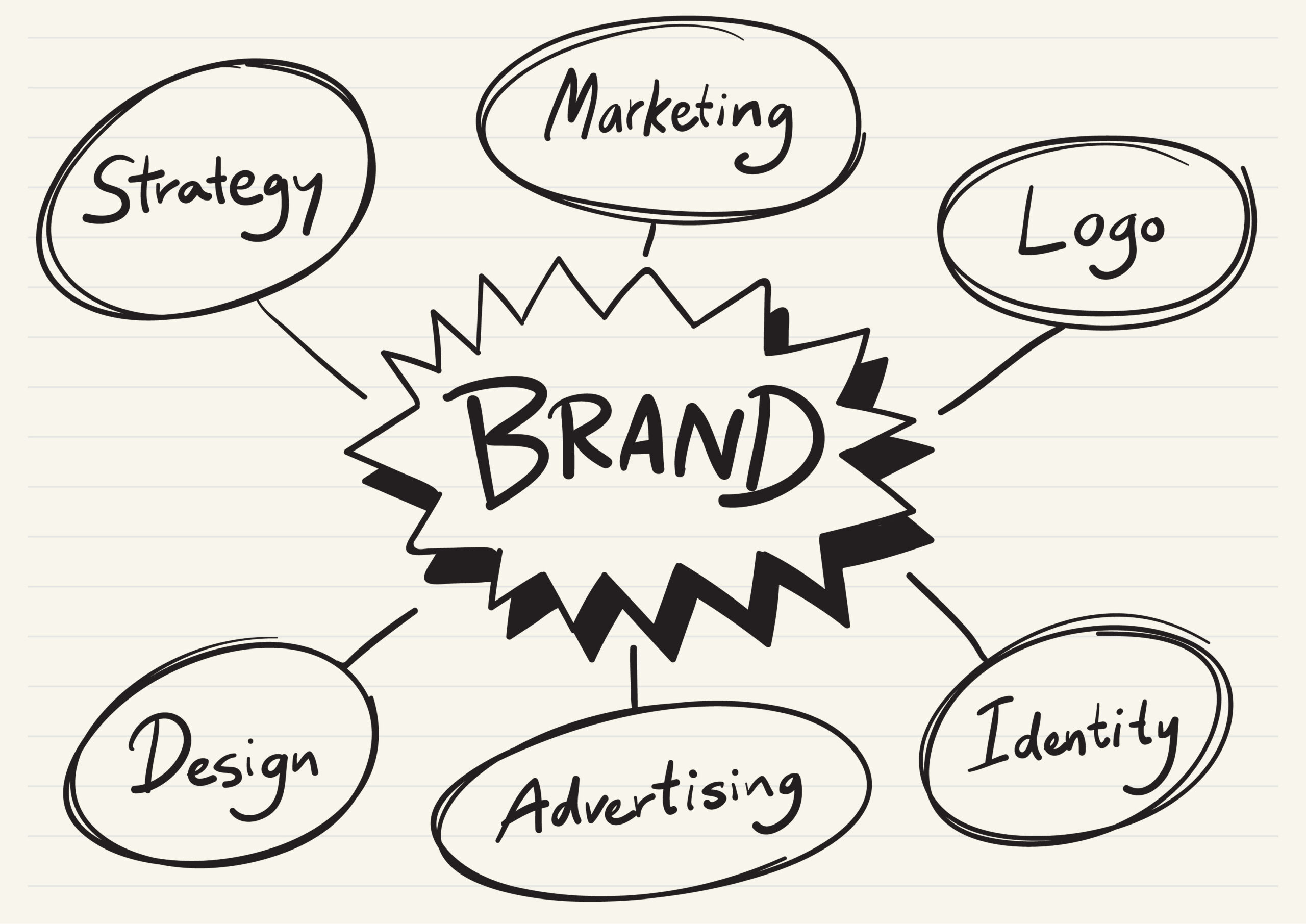
That slick website might be costing you more than it’s making. In 2025, high-performance websites are lean, fast, and obsessively optimized for conversions.
Having a good-looking site isn’t enough anymore. With rising ad costs, short attention spans, and fierce competition online, every click counts. If your website isn’t designed to convert visitors into customers, you’re leaking sales quietly but constantly. The good news? These leaks are fixable, and a few smart changes can turn your site into a 24/7 sales machine.
Common Conversion Killers
Even the most beautifully designed websites can fail if they’re not optimized for performance and usability. Here are the most common culprits we see every day:
- Sluggish Load Speed:
If your site takes more than 3 seconds to load, most users are already gone. Google and users alike penalize slow sites. Large images, uncompressed code, or outdated hosting can drag down your speed. Tip: Run your site through Google PageSpeed Insights to get a free speed report. - Cluttered Layout and Unclear CTAs:
A homepage with 15 buttons and no clear path is overwhelming. If visitors can’t instantly see where to go or what to do, they’ll bounce. Every page should have one primary action, whether that’s “Book a Call,” “Add to Cart,” or “Get a Quote.” - Poor Mobile Responsiveness:
Over 70% of users now browse on mobile. If your site doesn’t adapt properly, buttons will be too small, text will be hard to read, and users will leave frustrated. - Non-functional Forms:
Broken contact forms or checkouts are silent killers. You might be missing out on hot leads or instant purchases without even knowing it.
What Your Website Should Do
A website isn’t just an online brochure, it’s a conversion engine. Whether you’re selling products, services, or booking consultations, here’s what your site should be doing:
- Guide Users Through a Conversion Path:
Your website should walk the visitor through a clear journey; awareness, interest, desire, action. Think of it as a digital salesperson: start by identifying their problem, then show them why you’re the solution, and finally lead them to take action. - Build Trust with Visuals and Copy:
Use professional images, clear headlines, and authentic messaging. Trust is built through consistency, transparency, and credibility. Testimonials, certifications, secure checkout icons, and well-written “About Us” pages matter more than people think. - Use Psychological Triggers:
Leverage subtle techniques like:
1. Scarcity: “Only 3 items left” or “Offer ends tonight”
2. Social Proof: “Join over 2,000 happy customers”
3. Urgency: “Limited-time offer, book now”
4. Anchoring: Showing higher pricing first to make other options feel like a deal
Example: A skincare brand boosted conversions by 42% by adding social proof and urgency triggers on their product pages.
How to Audit Your Website Today
The automation landscape is huge and choosing the right tools for your business depends on your platforms, team size, and goals.
You don’t need a developer to start identifying your website’s weak spots. Here’s how to do a basic but effective audit:
- Use PageSpeed Insights, Hotjar, and Google Analytics:
- PageSpeed Insights: Test your load speed and fix issues like uncompressed images or unused scripts.
- Hotjar: Record visitor sessions and see exactly where people click, scroll, or drop off.
- Google Analytics: Identify your top exit pages and bounce rates, these are red flags where users lose interest.
- Test Responsiveness Across Devices:
Open your website on various smartphones, tablets, and laptops. Check if images stretch, buttons work, and the layout adjusts correctly. - Analyze Bounce and Exit Rates:
A bounce rate above 60% can indicate serious engagement issues. Look at which pages people leave from the most and tweak them first.
Quick Fix: If your homepage has a high bounce rate, try simplifying your headline and adding a stronger call-to-action above the fold.
INFOMedia’s Approach
We understand that your website is more than just a digital presence, it’s your most powerful sales tool. Our approach is rooted in strategic thinking and measurable results:
- Conversion Rate Optimization (CRO):
We don’t just design for looks, we design for impact. Our team uses data to tweak layouts, CTAs, forms, and messaging for maximum conversions. - UX-Focused Redesigns for Corporate Websites:
Whether you’re a startup or a large organization, we prioritize user experience to keep visitors engaged and guide them toward taking action. - Integration with CRM and Automation Tools:
We connect your site with tools like HubSpot, Zoho, or Mailchimp so your marketing, sales, and customer service teams can respond faster and smarter.
Case Study: A professional services firm partnered with INFOMedia to revamp their outdated site. Within 60 days of launch, they saw a 3x increase in consultation bookings, all thanks to a simplified layout and clear conversion funnel.
Don’t let a broken site kill your business.
Let INFOMedia design you a website that actually sells.
👉 Get in touch today and book a free consultation.
3 Signs Your Logo Needs a Refresh (And What to Do About It)
Your logo is often the first thing people see, and the last thing they remember.But over time, even the best designs can lose their edge. Whether it’s poor visibility on signage, an outdated font, or colors that no longer match
In Business, It’s the Little Things That Matter – Top 8 “little things” that make a big difference
Success isn’t always about the biggest marketing budget or the fanciest office space. More often than not, it’s the little things that build trust, win clients, and keep customers coming back. We believe that professionalism is not complicated—and in most















